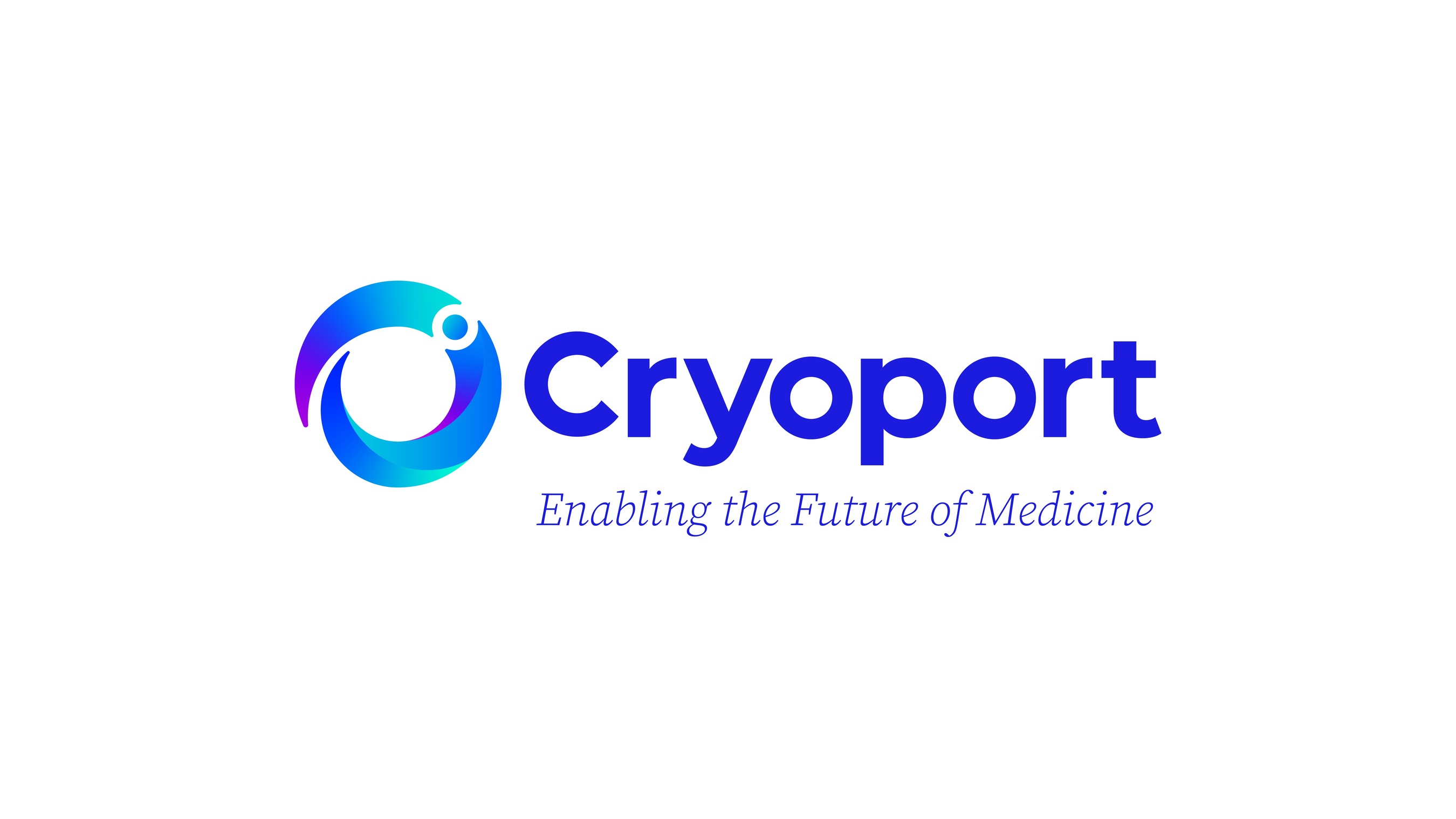NEW YORK, April 24, 2025 -- Ambient IoT' describes a new class of connected devices that can harvest energy from virtually any available source in the device's surrounding environment. In recent years, an ecosystem of energy-harvesting component manufacturers has emerged, driving the growth of ambient-powered Internet of Things (IoT) devices. ABI Research, a global technology intelligence firm, forecasts that Ambient IoT device shipments will reach 1.1 billion units in 2030.
"Innovation has been led by the designers of power generators, focusing on optimizing techniques to convert ambient energy into usable energy. And by the designers of Power Management Integrated Circuits (PMICs), working to develop chips that can store harvested energy on the device in the most efficient way possible," explains Jonathan Budd, Industry Analyst at ABI Research. "The specialized ecosystems for solar cells and solar modules, piezoelectric harvesters, thermoelectric generators (TEGs), and Radio Frequency (RF) harvesters are enabling energy conversion from low light sources, low temperature gradients, as well as power-at-a-distance via radio signals."
The power generator designs of Wiliot, Exeger, Energous, Epishine, Powercast, EnOcean, and Ossia, as well as those for PMICs from e-peas and Nexperia, are unlocking new applications across the IoT landscape for the use of reliable battery-free systems, as well as hybrid models for the combination of battery power and energy harvesting. In 2030, ABI Research projects photovoltaic (PV) harvesting to be the most common method of powering Ambient IoT devices, accounting for 57% of device shipments, followed by RF harvesting with 36%, while piezoelectric and thermoelectric harvesting are expected to power 4% and 3% of Ambient IoT devices, respectively.
Since 2014, a niche ecosystem of startup PMIC vendors has focused exclusively on energy harvesting for Ambient IoT. The trend is towards enabling 'energy-agnostic' power management, where PMICs can manage energy captured from any harvested input, whether that be PV, RF, piezoelectric, or thermoelectric harvesting. OEMs can select which inputs are needed based on the nature of the ambient energy inputs in proximity to the device.
"For customers managing large networks of battery-powered IoT devices, where batteries need to be frequently replaced, the potential for long-term autonomous operation is enticing. It is up to generator and PMIC suppliers, connectivity standards bodies, as well as the newly formed Ambient IoT Alliance, to demonstrate the total costs of ownership (TCOs) savings that can be achieved through investment in harvesting equipment," Budd concludes.
These findings are from ABI Research's Energy Harvesting for the IoT: Vendor Landscape and Technology Development report. This report is part of the company's IoT Hardware research service, which includes research, data, and ABI Insights.
About ABI Research
ABI Research is a global technology intelligence firm uniquely positioned at the intersection of technology solution providers and end-market companies. We serve as the bridge that seamlessly connects these two segments by providing exclusive research and expert guidance to drive successful technology implementations and deliver strategies proven to attract and retain customers.
ABI Research是一家全球性的技术情报公司,拥有得天独厚的优势,充当终端市场公司和技术解决方案提供商之间的桥梁,通过提供独家研究和专业性指导,推动成功的技术实施和提供经证明可吸引和留住客户的战略,无缝连接这两大主体。
For more information about ABI Research's services, contact us at +1.516.624.2500 in the Americas, +44.203.326.0140 in Europe, +65.6592.0290 in Asia-Pacific, or visit www.abiresearch.com.
Contact Info:
Global
Deborah Petrara
Tel: +1.516.624.2558
pr@abiresearch.com
This News is brought to you by Qube Mark, your trusted source for the latest updates and insights in marketing technology. Stay tuned for more groundbreaking innovations in the world of technology.









